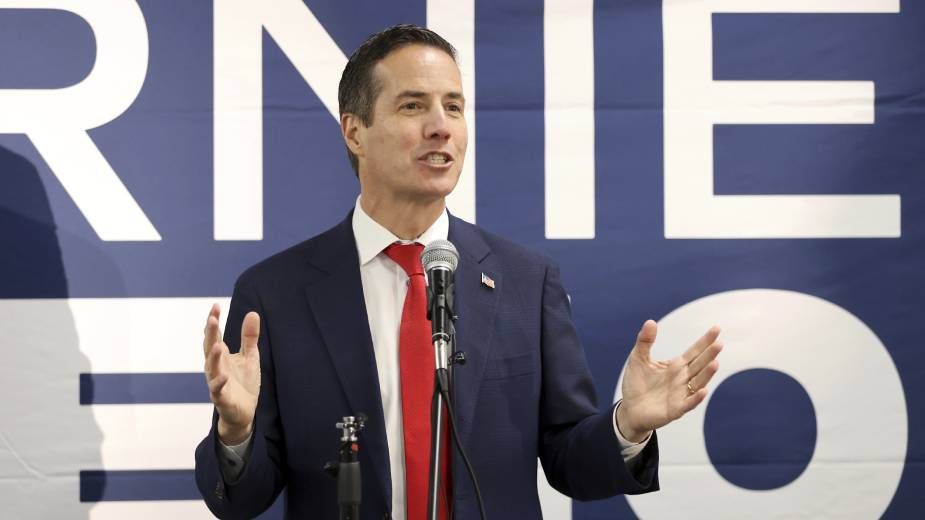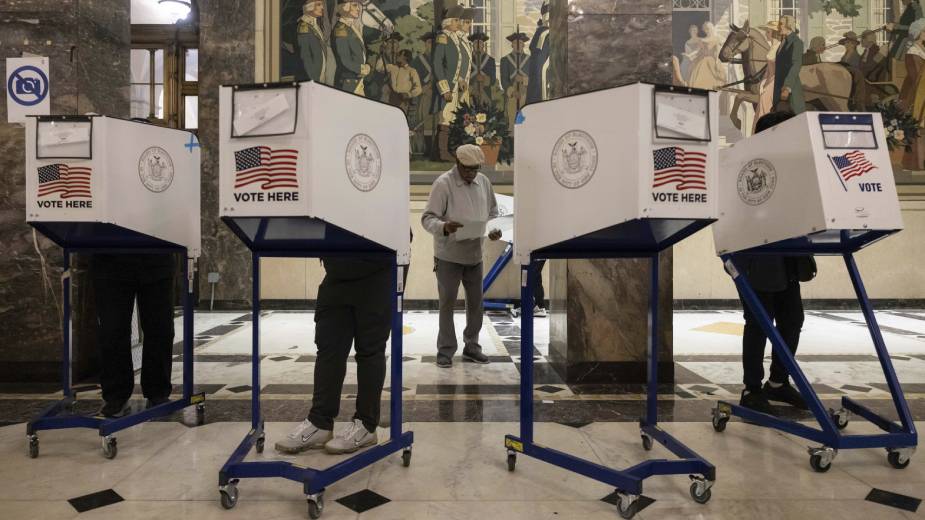Smile, Say Police — You’re on Optotraffic Camera
YOUNGSTOWN, Ohio – The Youngstown Police Department has added a new weapon to its arsenal to reduce traffic violations: officer-controlled cameras. Officers remain inside their cruisers as the cameras take photographs of cars and their license plates so that drivers suspected of committing traffic violations can be identified and mailed citations.
“One of the things that I get concerned with is the safety of the citizens and the safety of the officers during traffic stops, particularly on the [Interstate 680] freeway,” says Police Chief Robin Lees. “On the freeway, with the accelerated speed, we’re trying to launch a cruiser out into traffic, pull the violator over, and then the violator has to re-enter the traffic. That really can be hazardous for everyone involved.”
Between June 1, 2014, and May 31, some 500 collisions occurred on Youngstown streets and highways, 208 of them reported to police. According to the police department highway crash report, 18% occurred around the state Route 711 interchange, 9% around the Market Street exit from I-680 and another 8% at the South Avenue I-680 interchange. These sites accounted for 35% of the collisions on Youngstown thoroughfares.
Lees says that one benefit of the new camera system is that it won’t cost the city anything because of the contract it signed with Optotraffic.
Optotraffic, a Maryland-based company that works with law enforcement departments across the United States, provided the cameras to the police department. After the officer on site takes the pictures, the information is sent to Optotraffic where it is processed and the speed of the vehicle is confirmed. Optotraffic then sends the information to Youngstown police who write the citation and mail it to the accused offender.
For furnishing the cameras, Optotraffic will receive 35% of citation fees collected, the remaining 65% kept by the city and directed to a police equipment account.
Representatives of Optotraffic trained Lt. William Ross on use of the equipment, which he says takes some getting used to.
“It has a high resolution camera attached to the side of a lidar unit [laser handheld speed tracker],” Ross says. “That’s what makes this unit different. When the lidar gun detects someone speeding, it triggers the camera to take pictures.”
Although the citations are similar to those police issue when they pull over cars for other traffic violations, there are differences that benefit offenders, police say.
If the accused chooses not to contest the citation, he would pay only the fine – average fine is $100 — with no court costs. In addition, he would not have any civil penalty points added to his driver’s license.
“The whole idea behind a citation, no matter what, is to modify traffic patterns,” Ross says. “If we can get drivers slow down and hopefully bring the amount of accidents down, then we can free up officers to take calls for other services.”
Officers began using lidar July 17 and have been issuing only warnings to violators. Warnings will continue to be issued until Aug. 16 to make drivers aware of the system.
“We believe in fair play,” Lees says.
Pictured: Representatives of Optotraffic trained Lt. William Ross on use of the equipment, which he says takes some getting used to.
Copyright 2024 The Business Journal, Youngstown, Ohio.



